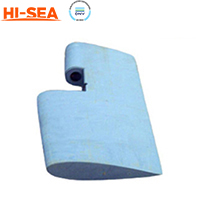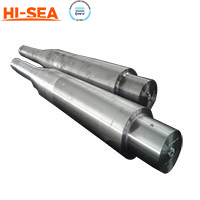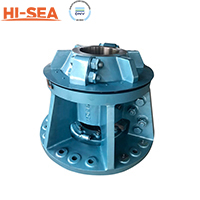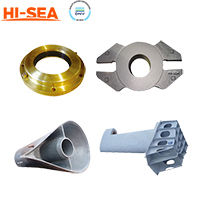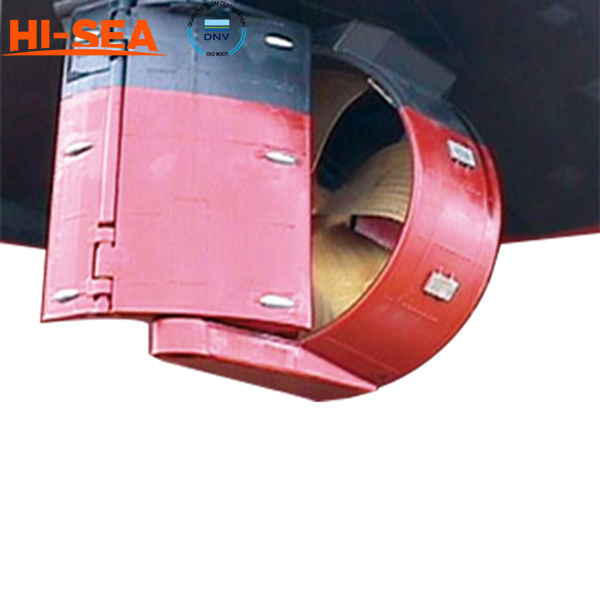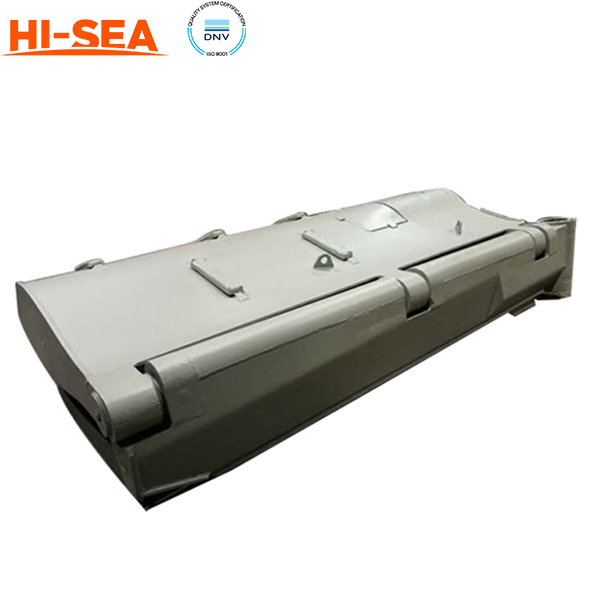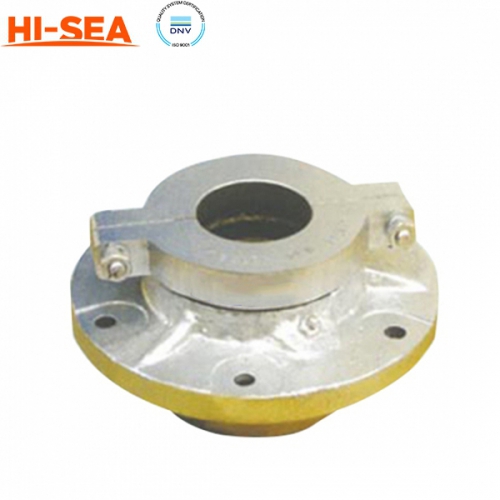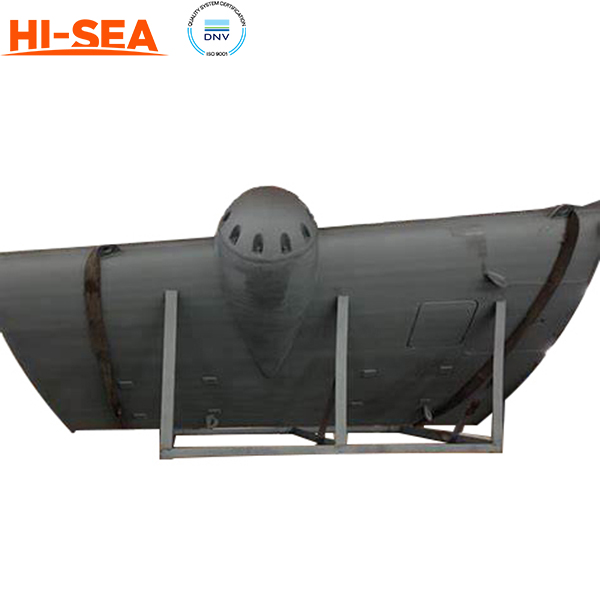MARINE & OFFSHORE EQUIPMENT
- Dredging Equipment
- Marine Deck Machinery
-
Marine Mooring Equipment
-
Marine Anchor
- AC-14 HHP Anchor
- Admiralty Anchor
- Beldt Stockless Anchor
- Bruce Anchor
- Spek Anchor
- Danforth HHP Anchor
- Delta High Holding Power Anchor
- GB11579-89 Light Weight Anchor
- Hall Anchor
- High Holding Power Mastrosov Anchor
- Hot Dip Galvanized Anchor
- Japan Stock Anchor
- JIS Stockless Anchor
- Pool Anchor
- Single Fluke Anchor
- Stainless Steel Anchor
- Stevpris MK5 Anchor
- Stingray Anchor
- US Navy Stockless Anchor
-
Marine Anchor Chain
-
Marine Shackle
- Kenter Shackle
- D Type Joining Shackle
- Pear Shaped Shackle
- Anchor Swivel Shackle Type A
- Anchor Swivel Shackle Type B
- Buoy Shackle Type A
- Buoy Shackle Type B
- C Type Detachable Connecting Link
- D Shackle
- Forelock Shackle
- Anchor Chain Swivel Group
- Straight Shackle
- Anchor Shackle
- Marine Triangle Plate
- Anchor Chain Swivel
- Anchor Chain Joining Shackle
- Anchor Chain End Shackle
- Slim Kenter Shackle
-
Chain Chaser
-
Marine Bollard
-
Marine Chock
-
Marine Fairlead
-
Marine Chain Stopper
-
Marine Mooring Reel
-
Marine Towing Bracket
-
Mooring Rope
-
Marine Towing Hook
-
Marine Shark Jaw
- Marine Fender
-
Marine Buoy
- Marine Floating Pontoon Dock
-
Marine Anchor
- Aquaculture Equipment
- Marine Outfitting Equipment
- Marine Propulsion System
-
Marine Painting
-
Marine Auxiliary Machinery
- Marine Air Compressor
- Marine Air Receiver
- Marine Sewage Treatment Plant
-
Marine Diesel Generator Set
- Marine Oil Water Separator
- Ballast Water Management System
- Marine Hydrophore
- Marine Calorifier
- Seawater Desalination Plant
-
Marine Oil Separator
- Marine Fuel Oil Supply Unit
- Marine Heat Exchanger
-
Marine Hot Well Unit
-
Marine Incinerator
-
Marine Boiler
-
Marine Valve
- JIS Marine Valve
- DIN Marine Valve
- ANSI Marine Valve
- GB Marine Valve
- CB Marine Valve
- CBM Marine Valve
-
Marine Gate Valve
-
Marine Globe Valve
-
Marine Angle Globe Valve
-
Marine SDNR Valve
-
Marine Angle SDNR Valve
-
Marine Check Valve
-
Marine Storm Valve
-
Marine Butterfly Valve
-
Marine Quick Closing Valve
-
Marine Fire Valve
-
Marine Self Closing Valve
- Marine Valve Accessories
-
Marine Pump
- Marine Centrifugal Pump
- Marine Screw Pump
-
Marine Gear Pump
-
Marine Vortex Pump
-
Marine Ejector Pump
-
Marine Diaphragm Pump
-
Marine Piston Pump
-
Marine Fire Pump
-
Marine Emergency Fire Pump
-
Marine External Fire Pump
-
Marine Ballast Water Pump
-
Marine Fuel Pump
-
Marine Lubricating Oil Pump
-
Marine Bilge Pump
-
Marine Sewage Pump
-
Marine Domestic Water Pump
-
Marine General Pump
-
Marine Cargo Oil Pump
-
Marine Hand Pump
- Marine Pump Parts
- Marine Life-saving Equipment
- Fire-fighting Equipment
- Marine Cable
- Marine Electrical Equipment
- Marine HVAC
-
Labour Protection Appliance
- Marine Decorative Material
-
Marine Anode
- Marine Pipe Fitting & Flange
- Marine Instrument
- Ship Building Equipment
INDUSTRY EQUIPMENT
- Hoisting Equipment
- Welding Machine & Material
-
Cutting Machine
- Container Securing Fitting
- Link Chain
- Container & Storage Equipment
-
Diesel Generator Set
- Other Equipment and Tools
- Petrochemical Equipment
- Fiber Reinforced Plastics
- Polymer Materials
- Environmental Protection Series
- Geo-products and Building Materials
- Metal Mesh
- Steel Grating
-
Earthwork Teeth
-
Turnbuckle
STOCK LIST
Contacts
 Tel:+86-23-67956606
Tel:+86-23-67956606
 FAX:+86-23-67956622
FAX:+86-23-67956622
 Email:manager@cqhisea.com
Email:manager@cqhisea.com
Working Time: 9:00--17:00
Working Day: Monday to Friday Website: www.cqhisea.com

Marine Rudder System
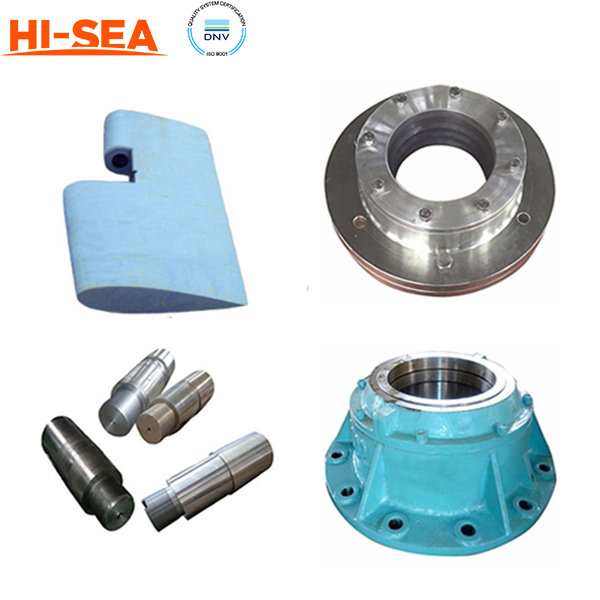
Marine Rudder System
Application
A rudder is a device used to steer a ship or boat through the water. The marine rudder system is a critical component of the vessel's steering mechanism. The rudder system typically consists of the rudder blade, steering gear, and steering system. The rudder blade is attached to the stern of the vessel and can be turned to the left or right by the steering gear. The steering gear is usually operated hydraulically or electrically and can be controlled from the bridge.Marine rudder system is very important because they can make sure vessel change direction. As a professional supplier of rudder system, we can design and manufacture the marine rudder system or rudder system components according to customer's drawings or requirements, including rudder blade, rudder stock, rudder carrier, rudder pintle, rudder pintle sealing apparatus etc.
From the design stage to dispatch, our internal quality assurance systems fully comply with marine class standard. In addition, third- party surveyors will check the process of design and fabricating to ensure the marine winch complies with all relevant specifications. And different Classification Society Certificate is also available, such as CCS, ABS, BV, DNV-GL, NK, KR, GL, LR, RINA, RS, etc.
For more marine rudder system informations, please click here.
Features
1. Material: forged steel, stainless steel, alloy steel.
2. High machining precision.
3. Certificate: CCS, ABS, BV, DNV-GL, NK, KR, GL, LR, RINA, RS, etc.
4. Test: 100% ultrasonic detection test.
5. All products are manufactured according to your drawings and requirements.
6. Delivery time: according to quantity and size.
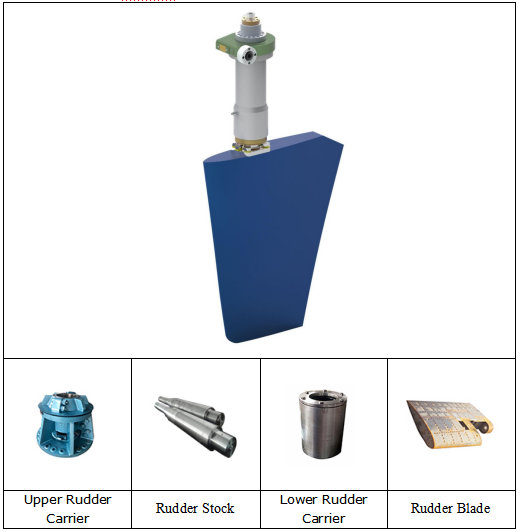
Marine Rudder System Components
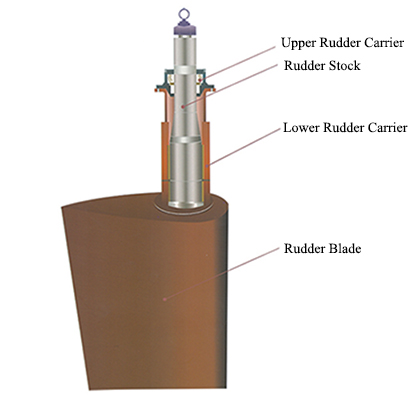
Marine Rudder System Classification
We not only provide customers with high-quality products, but also provide complete system solutions and added services for specific customers. Therefore, There are high competitiveness.
Marine Rudder System Classification
Configuration options
|
Name |
Features |
|
Upper Rudder Carrier |
v Light, heavy &watertight roller upper rudder carrier v Surface friction watertight upper rudder carrier v Made of cast steel |
|
Rudder Stock |
v 35 & 45 steel (GB) v Support for finishing |
|
Lower Rudder Carrier |
v Sliding watertight lower rudder bearing (CB790-87) v Lower rudder bearer (CB3146) |
|
Rudder Blade |
v Spade, semi-spade rudder v Balanced & semi-balanced rudder v Flap, guide bar flap & planar linkage flap rudder v Streamline, twisted reaction, fishtail, tubular, bulb & high lift rudder |
Due to the fierce market competition, the phenomenon of low quality of other winch suppliers is frequent. What is the difference between us and other low-quality suppliers?
The specific differences are as follows:
|
Part name |
Other low quality suppliers |
Result |
Our factory |
Consequence |
|
Upper Rudder Carrier |
Not strictly in accordance with the production process and product standards |
Fast wear, high friction, easy to corrode. |
Strictly follow the production process and product standards. |
Good stability, slow wear, low friction, corrosion resistance, high temperature resistance. |
|
Rudder Stock |
Q235 & Q275 |
It belongs to low carbon steel with good plasticity, and is mainly used to make profiles that can be stamped, such as steel pipes, plates, etc.; it is mostly used to manufacture parts that require high strength. |
35 & 45 steel |
After quenching and tempering (or normalising), good cutting performance can be obtained, comprehensive mechanical properties such as high strength and toughness can be obtained, and the surface hardness after quenching can reach 45-52HRC. They are mainly used as mechanical parts such as shafts, rudder stocks, gears, etc. |
|
Lower Rudder Carrier |
Poor production process |
Easy to wear |
The good production process, support for finishing |
Good quality, slow wear, cost-effective. |
|
Rudder Blade |
Not strictly in accordance with the production process and product standards |
Fast wear, high friction, easy to corrode. |
Strictly follow the production process and product standards. |
Good stability, slow wear, low friction, corrosion resistance, high temperature resistance. Support OEM |
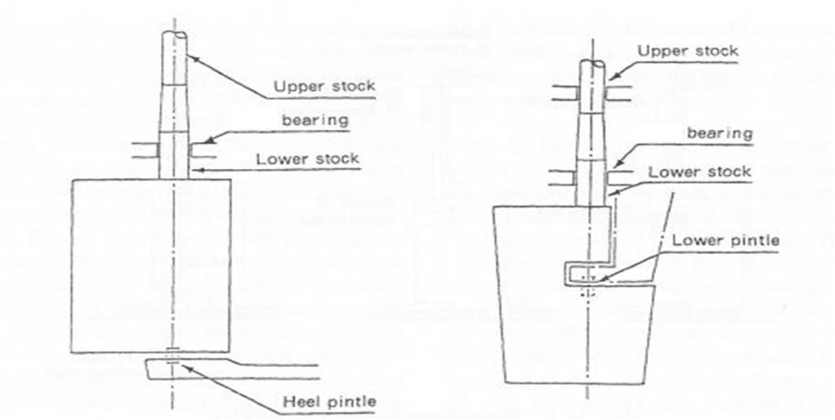
Image of Marine Rudder System
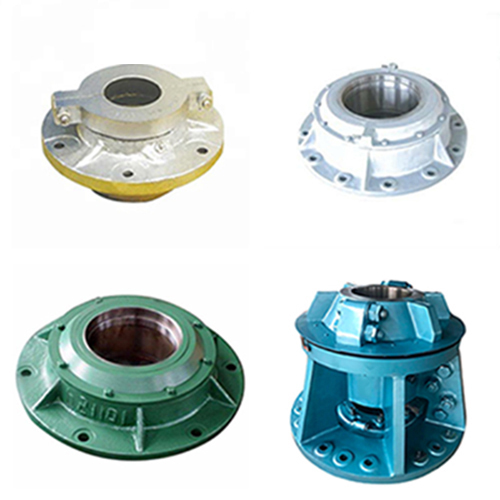
Marine Upper Rudder Carrier
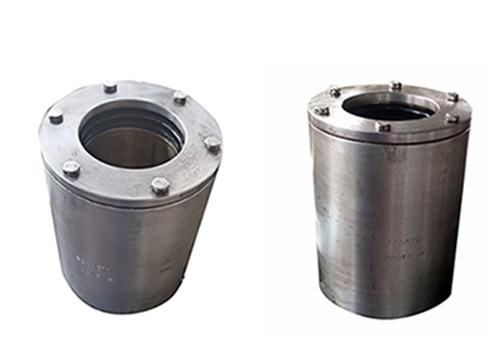
Marine Lower Rudder Carrier
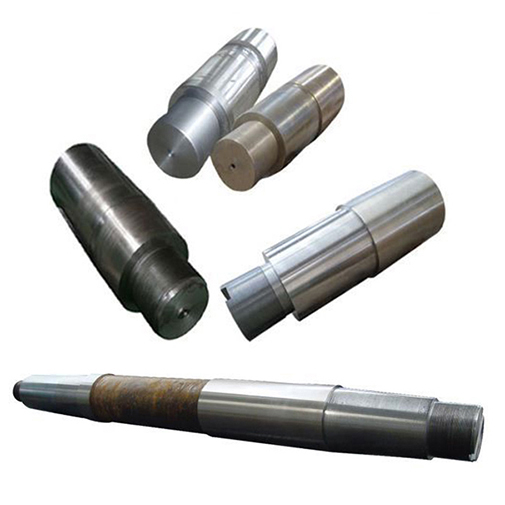
Marine Rudder Stock and Pintle
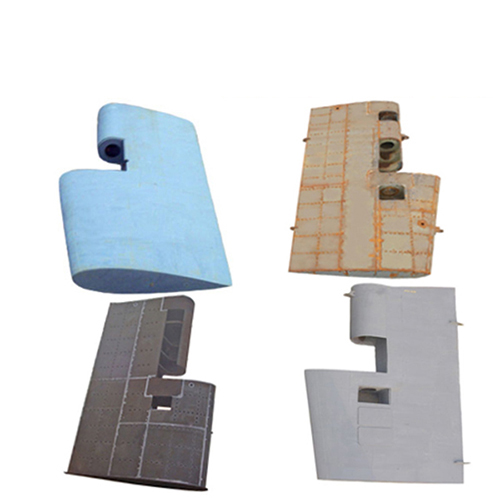
Marine Rudder Blade
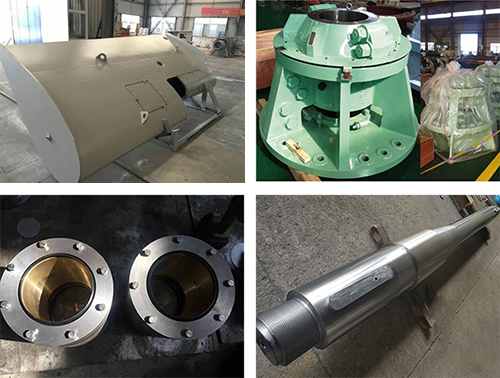
Marine Rudder System Components in Factory
Installation Precautions of Rudder System (Reference)
/uploads/soft/20220803/Installation Precautions of Rudder System-(Reference).pdf
Common faults of the rudder system
The rudder system is rarely repaired except for the average accident, which has a long service life. The overhaul of the rudder system can be carried out along with the overhaul of the coaxial system. The rudder system generally produces the following faults in actual operation:
(1) The rudder is heavy and the steering is not sensitive, and it takes a long time to fully turn the rudder. Under the normal function of the steering gear, it may be that the rudder blade enters the water to increase the load of the rudder; the rudder stock is bent or twisted, so that the load of each rudder is uneven, and the friction force increases; the rudder bearing is damaged; Caused by face jam, etc.
(2) The sound is abnormal when the rudder is turned, and there is a serious impact phenomenon. The main reasons are that the clearance between the rudder bearing and the rudder stock, rudder shaft, rudder pin, etc. is too large, the rudder blade collides from left to right when the rudder is turned, or the balls of the upper rudder bearing are broken, the retaining ring is loose, and the rudder is heavy and has a collision...
(3) The rudder turning is not accurate, the ostrich horn is not straight, and the rudder angle is not in the fog position when the rudder is straight. When the rudder angle indicator is normal, it is mainly caused by the following reasons: the rudder stock is twisted and deformed, and the direction of the rudder blade changes accordingly; when the rudder is installed, the rudder angle is not aligned with the fog level. When the rudder angle indicator has a fault indication error, the rudder turning is also inaccurate.
(4) Steering is easy, but the heading is out of control. It may be caused by the breakage of the rudder stock or the falling off of the flange bolts connecting the rudder stock and the rudder blade, causing the rudder blade to fall into the water and lose it.
(5) Vibration of the rudder system. Mainly due to the improper installation of the rudder system, excessive rudder bearing clearance, insufficient hull strength and rigidity at the rudder system installation position, and insufficient strength of the upper rudder bearing base.
(6) Leakage caused by damage to the sealing device of the rudder system.


